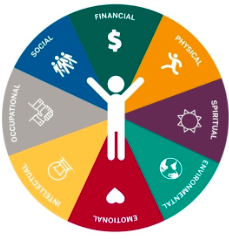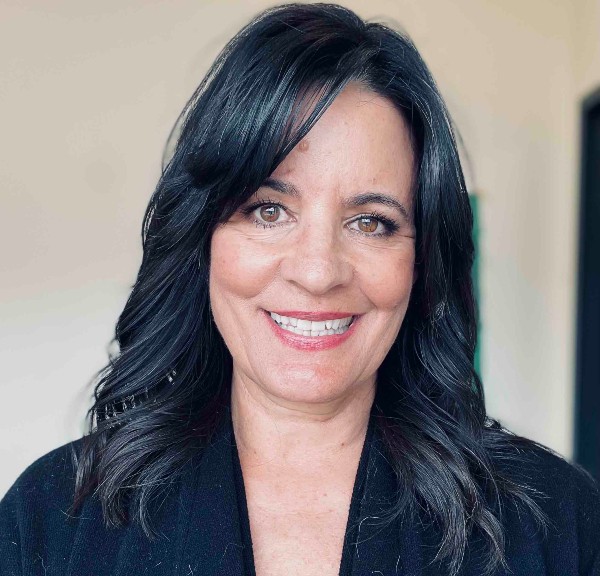The 8 Dimensions of Wellness

In my last blog post, I shared an overview of 7 Tips to Move Towards Well-Being, that work together in a holistic, connected way to create a healthy, optimized life. I began my work within each dimension hoping to feel better and more balanced, though I sometimes found myself overwhelmed by the information. I continued reading and researching so I could better understand each dimension. In this blog post you’ll find a short summary of the 8 Dimensions of Wellness. As you read, reflect on which dimensions feel like strengths and which areas could be improved. To help you with this, I have provided a link to an 8 Dimensions of Wellness assessment in the references below.
People often think about wellness in terms of physical health, nutrition, exercise, and weight management, but it’s so much more than that. Wellness is an integration of physical, mental, and spiritual well-being that fuels the body, engages the mind, and nurtures the spirit. Wellness is about maintaining mental and physical fitness and having enough energy to meet your occupational and personal commitments. The Global Wellness Institute (n.d.) describes it as “the active pursuit of activities, choices, and lifestyles that lead to a state of holistic health.” By increasing your understanding of, reflecting on, and nurturing each of these dimensions, you can achieve growth and a higher quality of life.
| Physical Wellness | Involves taking care of our bodies through regular exercise, proper nutrition, and sufficient sleep. |
| Intellectual Wellness | Involves the recognition of your creative talent and seeking out ways to gain and use personal knowledge and skills. |
| Social Wellness | Involves building and fostering meaningful relationships and nurturing the sense of Belonging. |
| Environmental Wellness | Is related to the health of the social and natural spaces that surround the world we occupy. |
| Occupational Wellness | Involves satisfaction in choice of work, balancing work and leisure time, building relationships with coworkers, and managing workplace stress. |
| Financial Wellness | Involves managing finances in a way that reduces stress and promotes security. |
| Emotional Wellness | Focuses on understanding and managing emotions. It includes being self-aware, practicing self-compassion, and developing healthy coping mechanisms. |
| Spiritual Wellness | Relates to the values and beliefs that help you find meaning and purpose in your life. It includes knowing and living within a set of values, having a sense of self-confidence, and a feeling of inner peace. |
Like any system where multiple components work together, attending to each of the dimensions will result in overall health and a balance in life, but often one or more dimensions will fall out of balance. We have all experienced a financial setback causing emotional stress or forcing a change to our environment, or we have experienced a loss of a loved one or a job impacting our emotional, financial, intellectual and/or social wellness. So many events, outside of our control, can take life out of balance.
Wellness involves a sense of empowerment. Every day represents a new set of choices. Remember, achieving Wellness is an ongoing journey rather than a destination. By making small intentional choices in each dimension, we can strive for a harmonious life that promotes physical vitality, emotional resilience, intellectual growth, and a deep sense of fulfillment. In which dimensions did you find strengths? Which dimensions seem “okay?” And which dimensions can use some focus?
References:
Personal Assessment: 8 Dimensions of Wellness
What is Wellness? Global Wellness Institute. (2021, September 3). https://globalwellnessinstitute.org/what-is-wellness/
Substance Abuse and Mental Health Services Administration (SAMHSA). (2016, April 28). The Eight Dimensions of Wellness. Retrieved from http://www.samhsa.gov/wellness-initiative/eight-dimensions-wellness
Stoewen D. L. (2017). Dimensions of wellness: Change your habits, change your life. The Canadian veterinary journal = La revue veterinaire canadienne, 58(8), 861–862.

